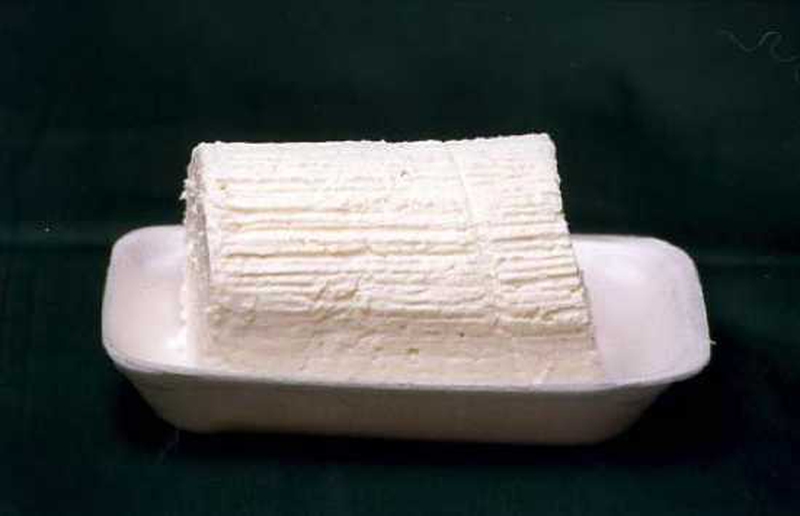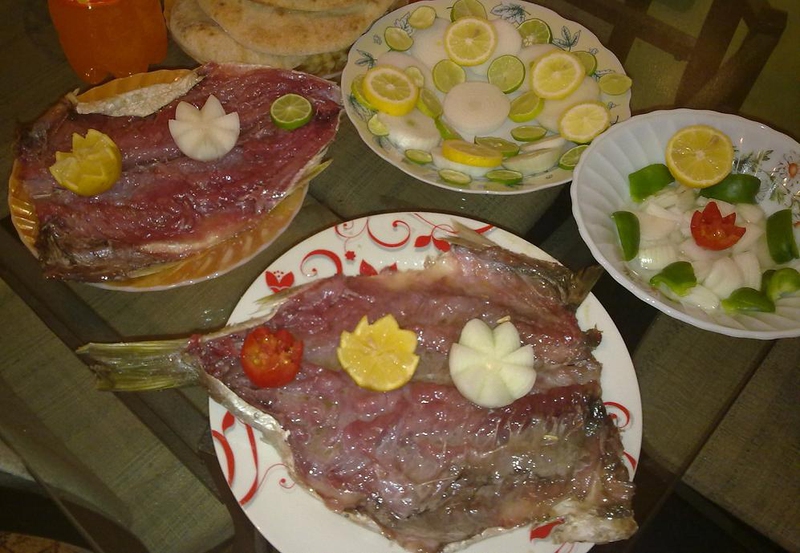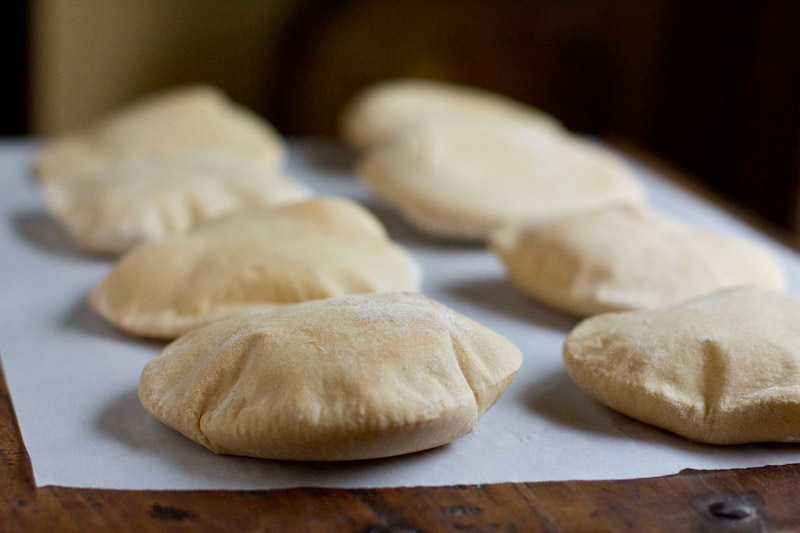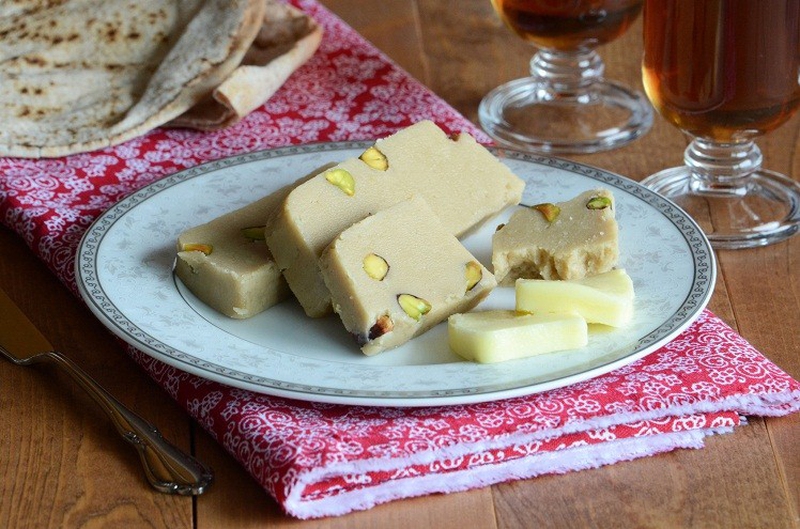Besides the ancient culture, monument and revolution, Egypt is famous for its food as well though not many people are aware about this. Egyptian food has evolved from the various different civilizations that settled in Egypt during its long history. It is like one plate with a lot of different cultures put together. Let's explore various delicious and popular dishes of the Egyptian cuisine here.
8 Special Egyptian Foods
Gibna Domiati
This particular dish is a white soft cheese made from buffalo milk in Damietta city which is in northern Egypt. Sometimes cow’s milk is added to the . It is commonly found in Egypt and is used in various dishes like or mesh. It is an aged cheese for a period of 1-3 years in large tin cans. People regard it as a pride if the number of cans a family holds is large and the time for when they have it is early. It is said the longer it is aged, the more delicious it will become.
Fatta
This is a dish prepared by both Christian and Muslim families during holiday celebrations and festivals like woman’s first child birth. It is considered a Nubian dish and consists of layers of rice and fried bread, which is covered with garlic and vinegar meat soup. Stewed beef chunks and deep fried poached eggs are served along with the dish. It is high in calorie content and a fattening dish. For this reason, it is prepared during major religious fasts like Ramadan or 50 days prior to Easter for Coptic Christmas.
Ful Medames
This is a staple dish in Egyptian food and is made of lava beans, served with oil, garlic and lemon juice. It was initially prepared in pot which was buried in hot coal or sand. This is how it gets its name. Medames means "buried" in Coptic. The dish has Pharaonic roots and was found in the twelfth dynasty. It can be served with various accompaniments like butter, tomato sauce, eggs, pastrami and tahini. Traditionally, it is eaten with plain and salted Egyptian bread bun. It is exported to countries like Syria, Lebanon, Saudi Arabia and Sudan.
Mulukhiya
This particular Egyptian food is made from jute leaves and corchorus plants which primarily grow in east and northern Africa. Egyptians prepare it along with garlic, coriander and animal stock like stock of chicken, beef or rabbit. It is served with Egyptian bread or rice. The coastal cities of Egypt use fish or shrimp as the base for this dish. Fatimid Caliph Al Hakim Bi-Amr Allah banned it in the 10th century and some religious sects like Druze still do not eat the dish out of respect for the Caliph, even though the ban is lifted.
Feseekh
An Egyptian dish with Pharaonic origins, it is a traditionally served during the Sham-El-Nessim festival which is a spring celebration. It is made from fermented, salted and dried gray mullet. A person called Fasakhani prepared the dish by first drying the fish and then salting it. You should note that if the dish is prepared incorrectly, it can cause food poisoning. It has a very pungent smell and hence is served in thick glass jars with firm lids. It is served with Egyptian bread, diced onions and lemons.
Koshary
This Egyptian food has a strange combination of black lentils, chick peas, garlic sauce, macaroni, rice, spaghetti and spicy tomato chili sauce. At last, one should add fried onions on the top. Street vendors sell it on carts and it is available in restaurants as well. Home-made version is also available and the taste of them may be different. Each ingredient is kept in separate containers when made by Koshary vendors. It is an inexpensive meal which can fill up the stomach.
Pita Bread
Leavened bread was part of Egyptian food in very early civilizations according to World Food & Wine website and it has evolved through centuries into the pita bread. It is commonly eaten for lunch and is accompanied with hummus. It is very popular in Egypt and is made from chickpeas, tahini, lemon juice and other flavorings. Falafel is the other most popular concoction using pita bread, which is a patty made from chickpeas and herbs.
Halawa
Halawa is an Egyptian food which is common through all Mediterranean countries. It is made using sesame paste and shaped in different forms like blocks, hair halawa, energy bars or spreads. Pistachios, pine nuts and almonds are sometimes added to it to impart flavor. It is usually eaten as snack for breakfast or dinner, which is a staple food in Egypt. It is also used in other dishes like the Sakalans, a mixture of Halawa, honey and whipped cream. It can be stored for long duration without special storage conditions and can tolerate the Egyptian weather well.










View All Comments /Add Comment